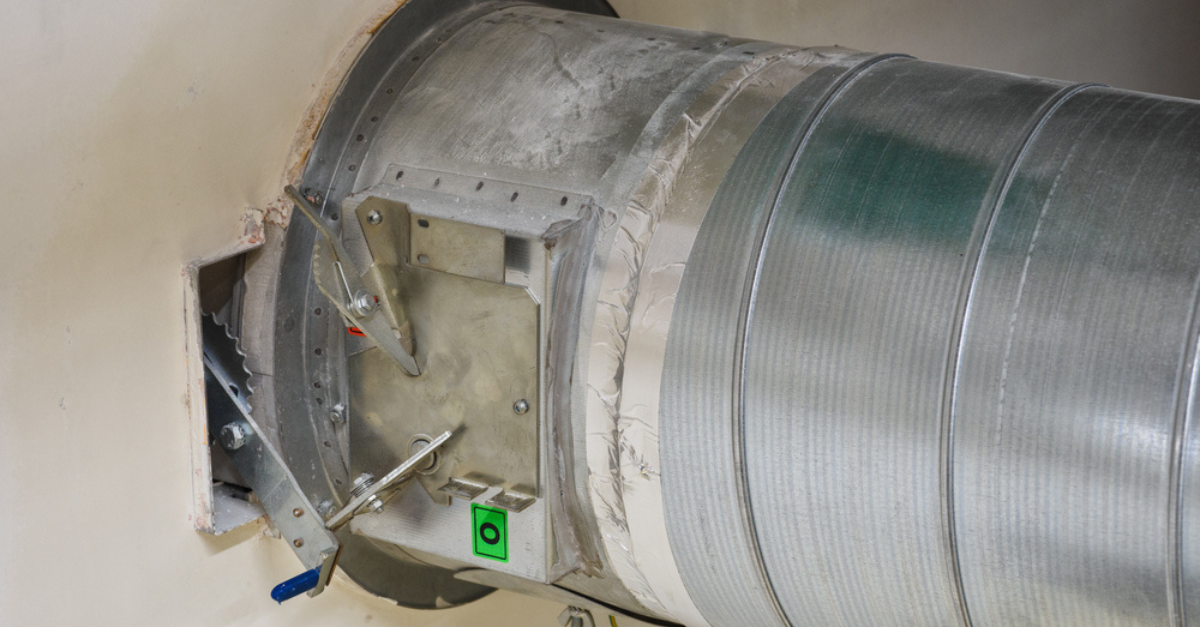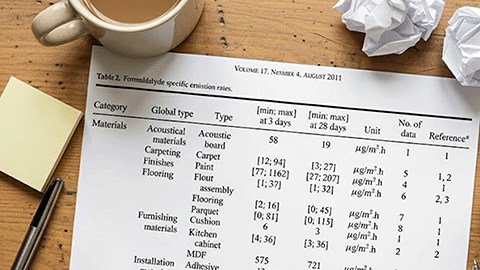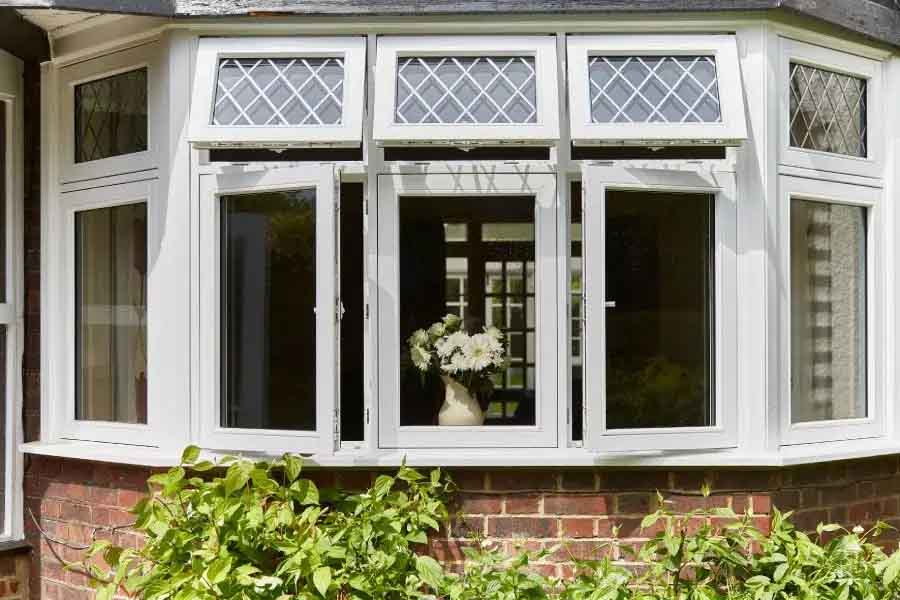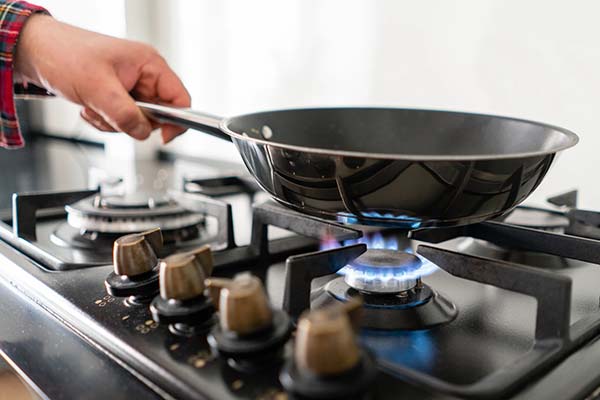BS 9999: Fire Safety & Fire Dampers
BS 9999 is a British Standard that provides guidance on fire safety in the design, management, and use of buildings. It covers a wide range of topics related to fire safety and is often used in the United Kingdom as a basis for designing and assessing the fire safety of buildings. BS 9999 is intended to help ensure the safety of occupants and the protection of property from the risk of fire.
What BS 9999 covers
- Fire Safety in the Design of Buildings: It offers recommendations for architects, engineers, and other professionals involved in the design and construction of buildings. It provides guidance on aspects such as means of escape, fire detection and alarm systems, structural fire resistance, and more.
- Fire Safety Management: BS 9999 also includes guidance on the management of fire safety in buildings. This involves procedures for regular fire risk assessments, the establishment of fire safety plans, and the development of fire safety policies for building managers and owners.
- Fire Protection Systems: The standard covers the selection and installation of various fire protection systems, such as fire detection and alarm systems, fire suppression systems, and firefighting equipment.
- Means of Escape: It provides recommendations for designing safe and efficient escape routes, exits, and evacuation strategies for different types of buildings.
- Fire Risk Assessment: BS 9999 emphasises the importance of conducting fire risk assessments to identify potential fire hazards, assess the risk to occupants, and develop appropriate measures to mitigate those risks.
- Structural Fire Protection: The standard includes guidance on the fire resistance of building elements, ensuring that structures can withstand fire for a specified duration.
- Access and Facilities for the Fire and Rescue Service: It offers recommendations for providing suitable access and facilities for firefighters, including fire hydrants, fire service lifts, and firefighting stairs.
- Disabled Persons: BS 9999 addresses the needs of individuals with disabilities and provides guidance on designing inclusive fire safety measures for them.
- Smoke Control: The standard discusses the design and operation of smoke control systems to manage smoke in the event of a fire.
- Fire Safety Information: It includes recommendations for documenting and maintaining fire safety information for a building, which is crucial for building owners and managers.
What BS 9999 says about fire dampers
For more details on how to comply with all fire damper standards and regulations, see our article, How to Comply: UK Smoke & Fire Damper Regulations and Standards.
Installation locations
According to BS 9999, fire dampers are required to be installed in certain locations to maintain the fire resistance rating of walls, floors and ductwork by compartmentalising fires, cutting off air supply to affected compartments and keeping escape routes clear of smoke. They should be installed:
- Where ductwork passes through fire-rated walls or floors.
- At the point where a duct connects to an air handling unit located in another fire compartment.
- In ductwork branches where they penetrate the fire-rated enclosure of escape routes.
- Where ductwork serves multiple fire compartments.
- At openings in fire-rated ceilings that ventilation ductwork passes through.
- In ductwork risers that pass through multiple floors.
Closing at high temperatures
The standard provides requirements for the fire resistance rating and performance of fire dampers. They must close properly when exposed to temperatures above a certain threshold to maintain compartmentation.
While BS 9999 does not state an exact temperature, fire dampers must close before it reaches a level that could compromise the integrity of fire-rated walls, floors or ductwork under fire testing conditions outlined in BS EN 1366-2. Generally this requires closure at 140°C or above.
Testing and maintenance
BS 9999 gives guidance on testing and inspecting fire dampers to ensure they will activate automatically as designed in a fire scenario. This helps ensure life safety system integrity.
The maintenance and replacement of fire dampers is addressed, as their functionality degrades over time. Periodic inspections are recommended.
Documentation of fire damper locations and inspection/test records is advised by BS 9999 for compliance purposes and fire risk assessments.
Our services
As experts in air quality and compliance, we offer a professional fire damper testing service which you can access here. If you have any questions, feel free to get in touch and we'll discuss how we can help keep your building fire safe.






